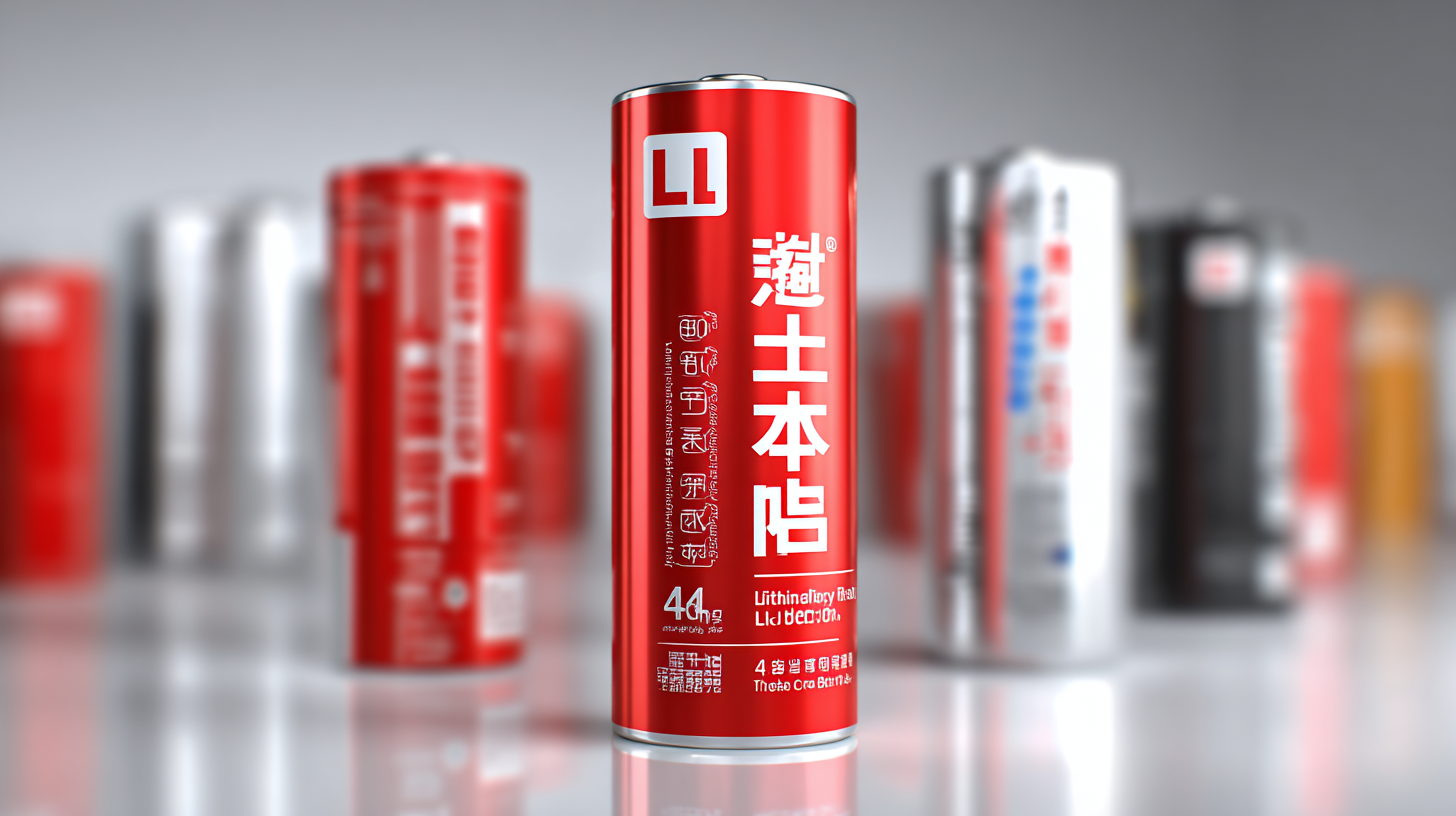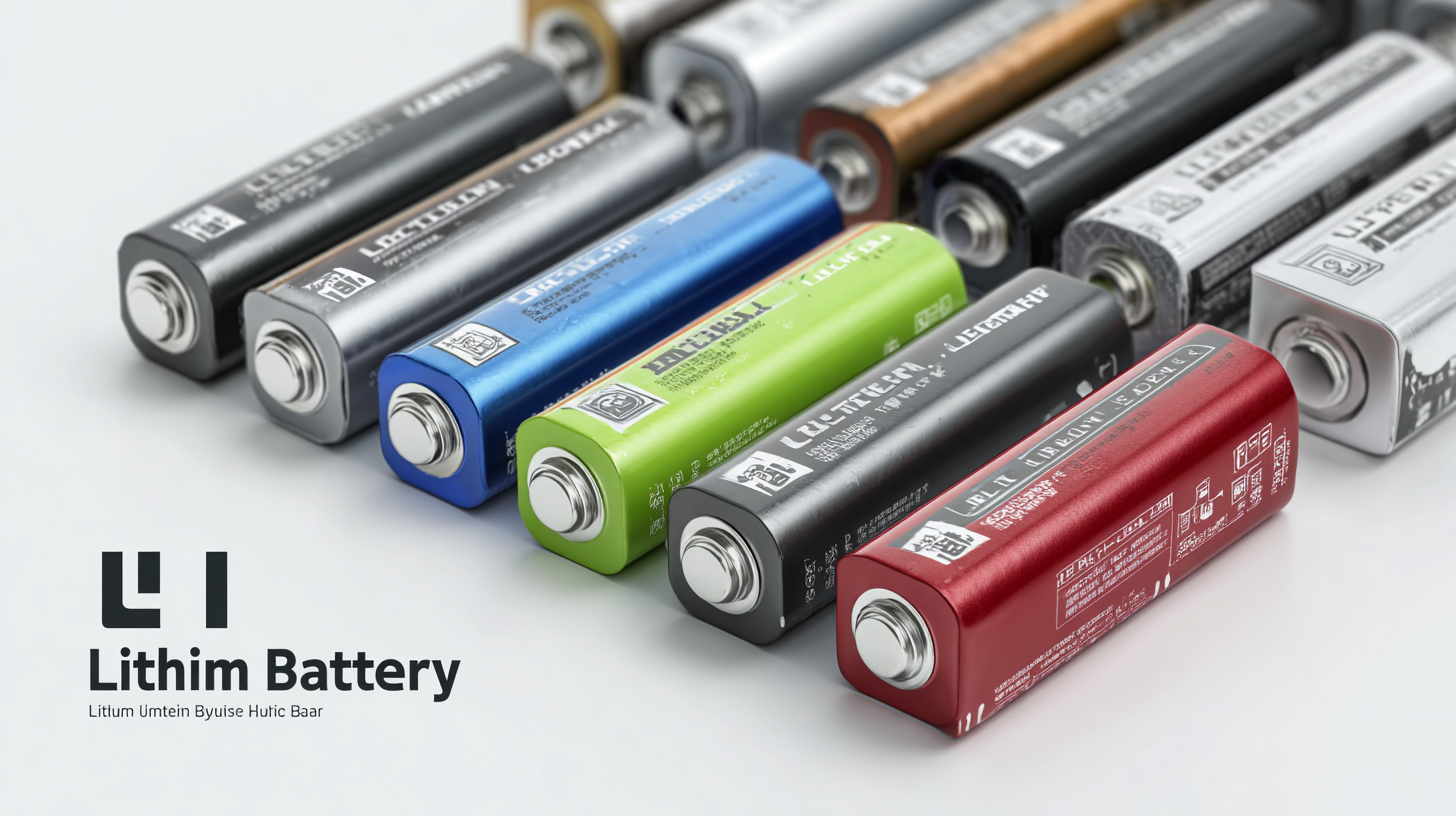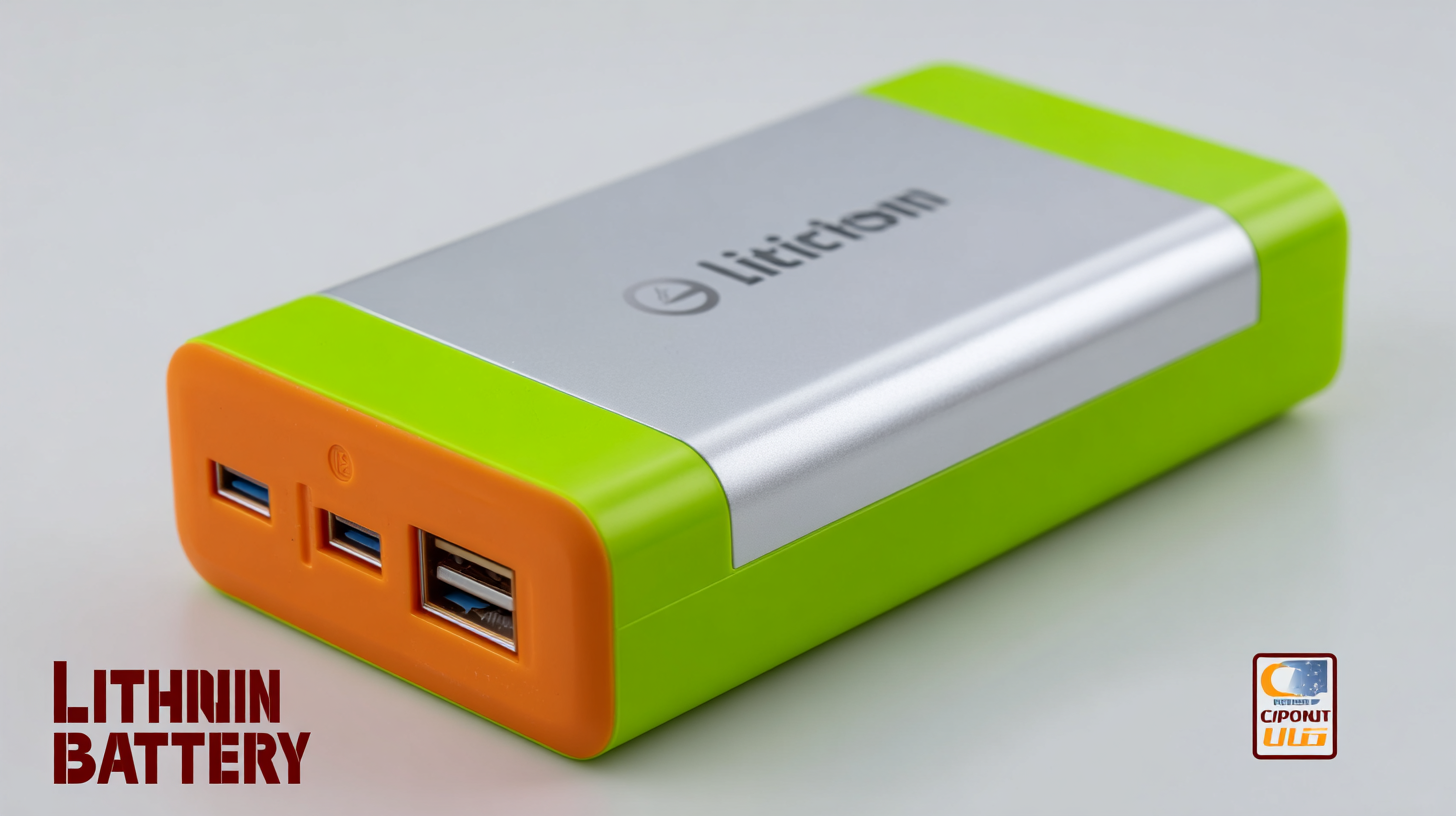
In today's rapidly evolving technological landscape, the demand for reliable and efficient energy solutions is more pertinent than ever. As global consumers increasingly seek sustainable alternatives for their household energy needs, the spotlight has turned to Lithium Ion Battery For Home applications. These batteries are not only renowned for their high energy density and longevity but also play a crucial role in reducing carbon footprints by supporting renewable energy sources. Empowering global buyers with trustworthy Chinese-made Lithium Ion Batteries is essential for enhancing domestic energy autonomy and ensuring safety and efficiency. This blog will explore the industry production standards and the various types of lithium-ion batteries available, highlighting their significance in transforming everyday life while addressing consumers' growing energy demands. Join us as we delve into the remarkable innovations in this field and what they mean for households around the world.

Lithium-ion batteries have become a cornerstone in powering modern households due to their efficiency and versatility. As reported by the International Renewable Energy Agency (IRENA), the global market for lithium-ion batteries is projected to reach 1,200 GWh by 2030, driven by the increasing demand for renewable energy storage solutions. These batteries offer significant advantages in terms of energy density, longevity, and reduced charge time, making them ideal for powering home appliances, electric vehicles, and renewable energy systems.
Understanding the basics of lithium-ion batteries is crucial for consumers looking to integrate them into their homes. These batteries consist of four main components: the anode, cathode, electrolyte, and separator. According to a report by the U.S. Department of Energy, the average lifespan of lithium-ion batteries can range from 2,000 to 5,000 charge cycles, depending on usage and maintenance. Moreover, with advancements in technology, safety features such as thermal management and battery management systems have significantly enhanced their reliability. As more homeowners transition to sustainable energy solutions, knowledge of lithium-ion batteries will empower them to make informed decisions for energy efficiency and cost savings.
| Battery Type | Capacity (Ah) | Voltage (V) | Cycle Life | Weight (kg) | Applications |
|---|---|---|---|---|---|
| 18650 Lithium-Ion | 2.2 | 3.7 | 500 | 0.045 | Portable Devices |
| LiFePO4 Battery | 100 | 12 | 2000 | 25 | Solar Energy Storage |
| Lithium Polymer | 20 | 11.1 | 300 | 0.5 | Drones, RC Vehicles |
| 26650 Lithium-Ion | 3.5 | 3.7 | 600 | 0.075 | Power Tools |
 In recent years, the global demand for lithium-ion batteries has surged, particularly within the home appliance sector. Chinese manufacturers have emerged as key players in this market, offering reliable and cost-effective solutions to satisfy growing consumer needs. Reports indicate that China currently dominates over 70% of the global market share for lithium-ion batteries, propelled by significant government support and a robust supply chain, enabling manufacturers to deliver high-quality products at competitive prices.
In recent years, the global demand for lithium-ion batteries has surged, particularly within the home appliance sector. Chinese manufacturers have emerged as key players in this market, offering reliable and cost-effective solutions to satisfy growing consumer needs. Reports indicate that China currently dominates over 70% of the global market share for lithium-ion batteries, propelled by significant government support and a robust supply chain, enabling manufacturers to deliver high-quality products at competitive prices.
By selecting dependable Chinese manufacturers, international buyers can tap into these advantages while benefiting from China's extensive innovations in battery technology. The Chinese lithium battery industry has ranked prominently with advancements in energy density and charging efficiency, often leading to products that outperform less established alternatives. As global trade continues to evolve amidst the U.S.-China technological “decoupling”, recognizing the advantages of sourcing from reliable Chinese manufacturers is crucial for businesses aiming to enhance their product offerings while ensuring sustainability and efficiency in their operations.
When considering purchasing lithium-ion batteries for home applications, several key factors come into play. First and foremost, buyers should pay close attention to the battery’s capacity and voltage ratings. These specifications determine how long the battery will last and its compatibility with home devices. Additionally, understanding the battery's cycle life and recharge time is crucial since it impacts both longevity and convenience of use.

Another important consideration is safety and reliability. Look for batteries that comply with international safety standards and come with warranties from reputable manufacturers. Checking for certifications can help ensure that the battery has undergone rigorous testing to prevent risks such as overheating or short-circuiting.
Finally, it is wise to consider the environmental impact of the batteries. Many consumers today are shifting towards sustainable solutions, making it essential to choose lithium-ion batteries that have environmentally friendly disposal options or are made with recyclable materials. By focusing on these key considerations, global buyers can make informed decisions that enhance their home energy solutions while ensuring safety and sustainability.
When evaluating the quality and performance of lithium-ion batteries for home use, several key factors come into play. First and foremost, understanding the battery's capacity is essential. Measured in amp-hours (Ah), this figure indicates how much energy the battery can store and subsequently deliver. Buyers should look for batteries that offer a higher capacity, as this directly correlates to longer run times for devices. Additionally, the battery's energy density—typically measured in watt-hours per liter (Wh/L)—is crucial, as it reveals how much energy can be stored relative to its size, influencing both portability and efficiency.
Another important aspect to consider is the battery's cycle life, which signifies how many charge and discharge cycles a battery can undergo before its performance starts to degrade. A longer cycle life means better durability and cost-effectiveness over time. Moreover, examining the manufacturer’s reputation and any certifications, such as ISO or CE, can provide further assurance of quality. Finally, reading user reviews and feedback can offer insights into real-world performance, highlighting potential issues or advantages that specifications alone might not reveal. By focusing on these criteria, global buyers can confidently purchase reliable lithium-ion batteries tailored for home applications.
When it comes to installing and maintaining lithium-ion batteries at home, safety should be the foremost priority. According to a recent report by the International Energy Agency (IEA), lithium-ion batteries account for over 90% of the battery storage market, underscoring their widespread adoption in residential applications. However, improper handling can lead to risks such as thermal runaway and even fire hazards. Therefore, it's crucial to follow best practices during installation, such as ensuring batteries are placed in a well-ventilated area away from flammable materials.
Regular maintenance is equally vital. The Battery University emphasizes that optimal battery health can extend lifespan and improve performance. Homeowners should monitor the charging cycles and avoid complete discharges to enhance battery life. It's advisable to keep the battery management system updated to ensure safety features function as intended. Additionally, checking for any signs of wear or damage, including swelling or leakage, can prevent potentially dangerous situations. By adhering to safety protocols during installation and maintenance, homeowners can enjoy the benefits of reliable lithium-ion batteries with peace of mind.